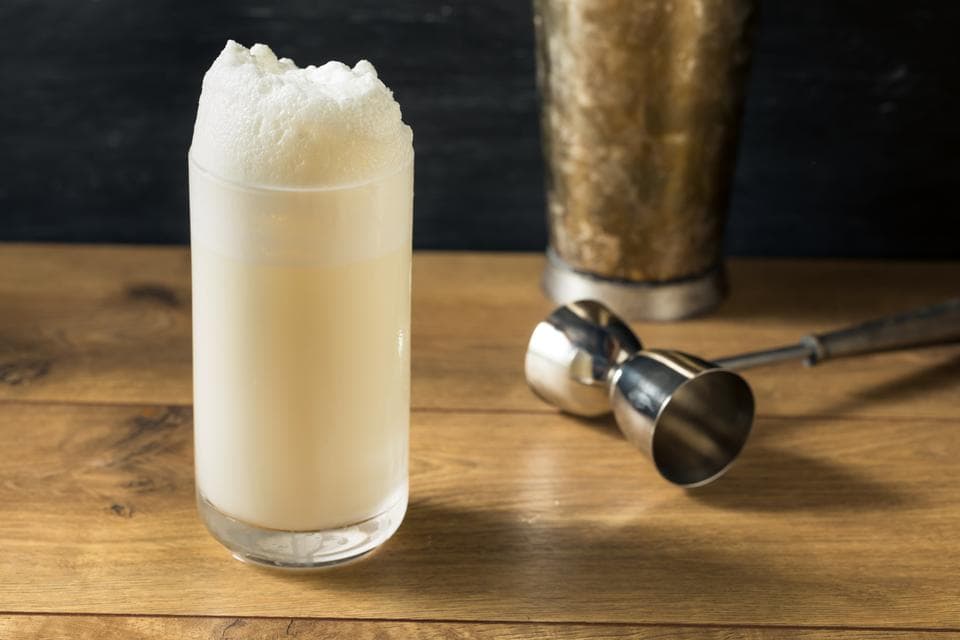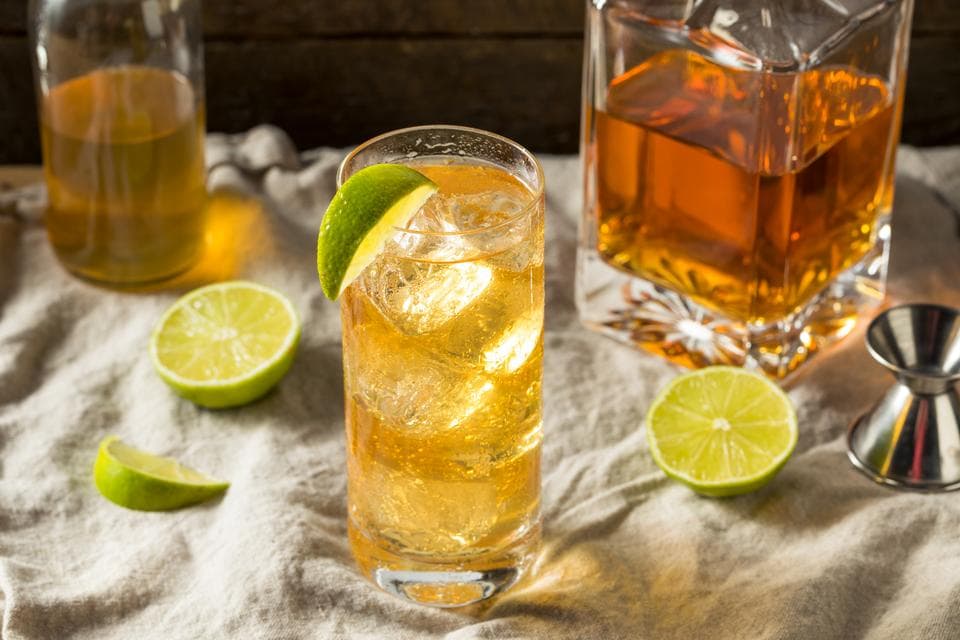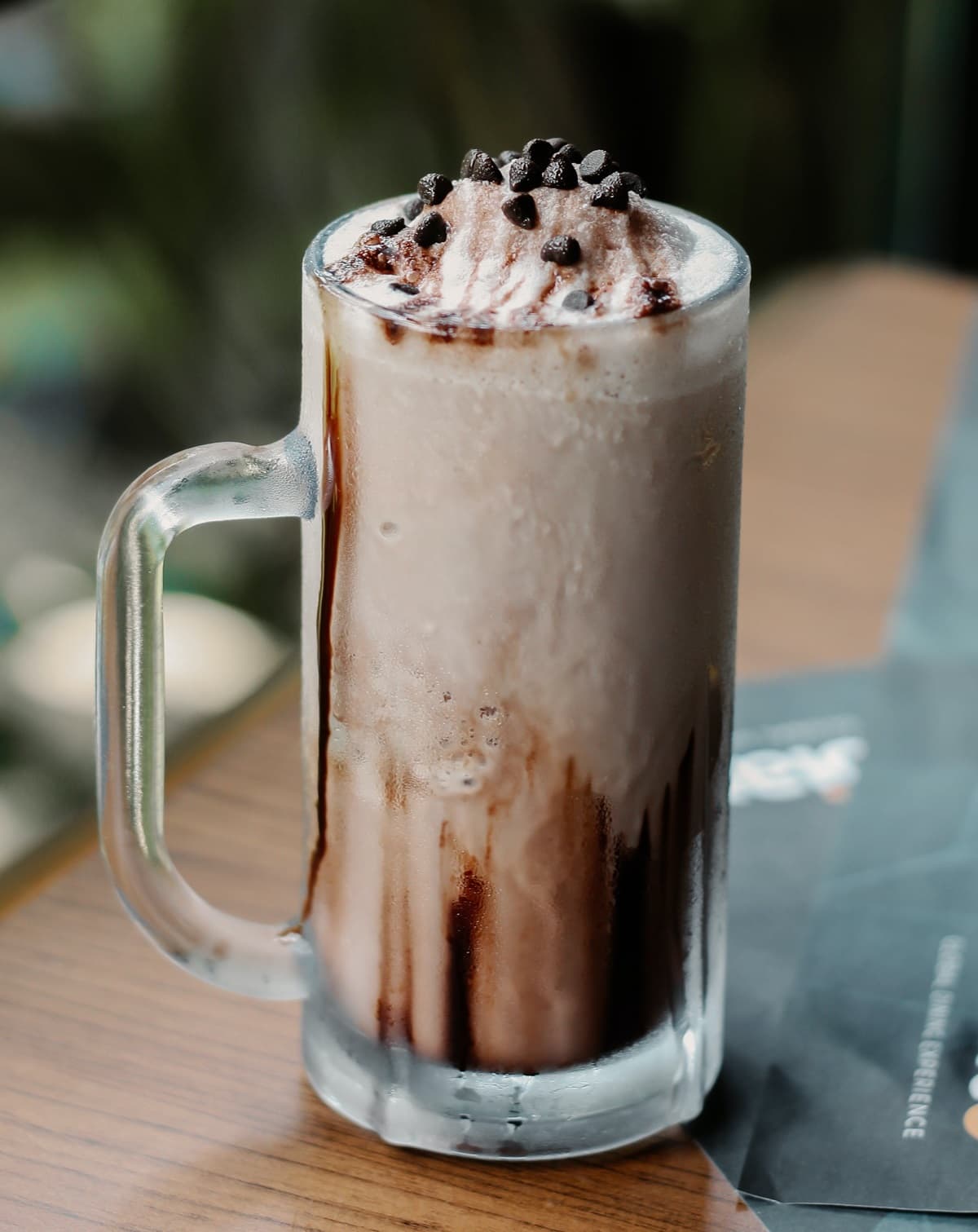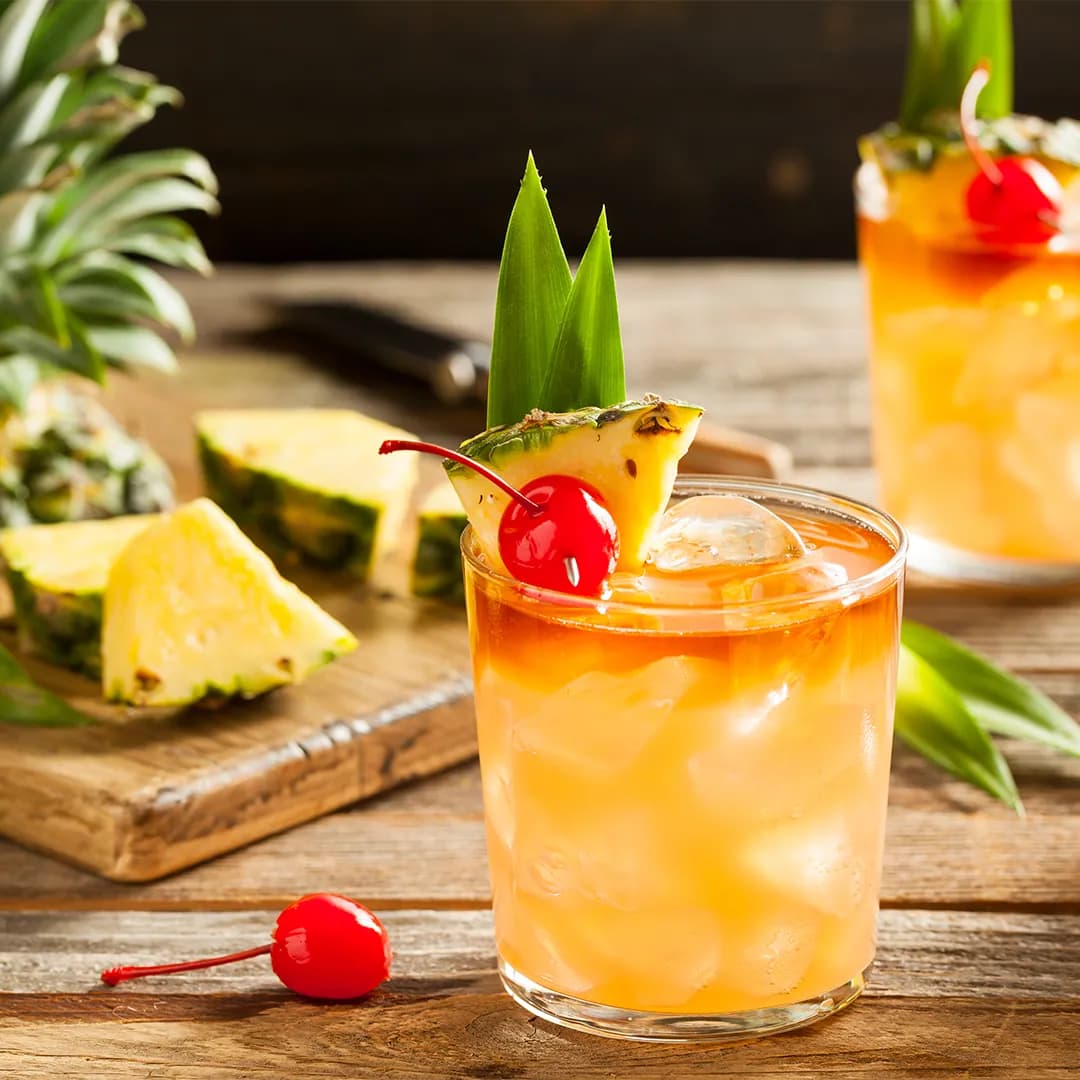Ramos Gin Fizz Cocktail
The Ramos Gin Fizz cocktail is a frothy drink that originated in New Orleans and was previously known as the New Orleans Fizz cocktail. It was eventually renamed in honour of its creator, Henry C. Ramos. This gin-based drink has a light, airy texture that is almost dessert-like and is traditionally served without ice in a tall Collins glass, to highlight its foamy top.
Ingredients
Serves1- Check off ingredients
- 30mL London Dry gin
- 10mL simple syrup
- 10mL fresh lime juice
- 10mL fresh lemon juice
- 15mL heavy cream
- 2mL orange blossom water
- 1nos egg white
- to top up Club soda
- Ice cubes
Method
- Step 1
Pour the gin, citrus juices, syrup, cream, orange blossom water and egg white into a shaker. To emulsify, dry shake (without ice) for 15-20 seconds.
- Step 2
Add ice and shake vigorously for another 25-30 seconds to cool and froth the mixture.
- Step 3
Strain into a chilled Collins glass without ice.
- Step 4
Gradually add cold club soda to create a sturdy, creamy foam; serve immediately.
Tips & Suggestions
Frequently Asked Questions
What is the difference between a gin fizz cocktail and a Ramos gin fizz cocktail?
Is a Ramos gin fizz cocktail difficult to make?
Does the Ramos gin fizz cocktail curdle?
You may also love these
Rate This Cocktail
If you love this recipe then tab a star to rate it.







